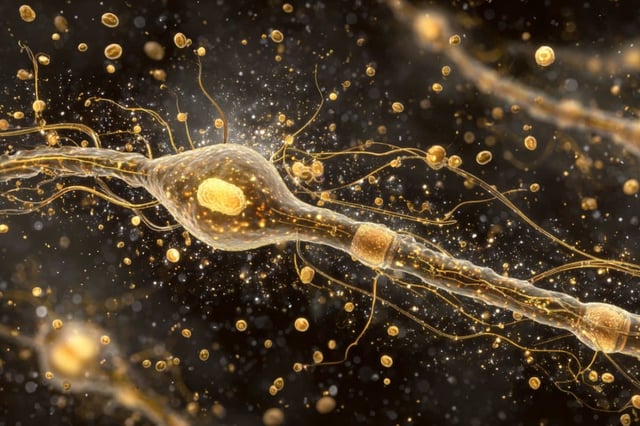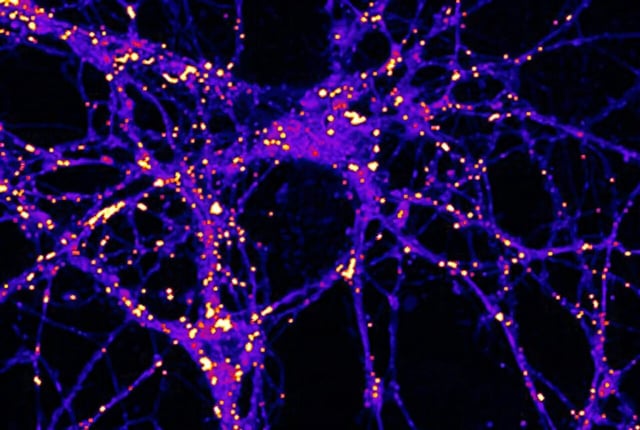Overview
- Electrical impulses at synapses prompt the breakdown of triglyceride-filled droplets into fatty acids that mitochondria convert into ATP.
- DDHD2-deficient mice mobilize accumulated triglycerides in active neurons to sustain synaptic energy demands.
- Blocking the CPT1 enzyme prevents fatty acid transport into mitochondria and induces rapid hypothermia with a slowed heartbeat.
- These findings overturn the long-held belief that the brain relies solely on glucose by revealing stored fats as a vital supplemental fuel.
- Researchers are now mapping how this lipid pathway intersects with glucose metabolism and its potential role in neurodegenerative diseases.

